Figures & data
Table 1. Primer names, sequences and annealing temperatures (TMs) for PCR amplifications of the eIF1 family genes.
Figure 1. DNA sequence alignment of eIF1 from different plant species.
Note: AteIF1 (accession number: BT000649) from A. thaliana, OseIF1 (accession number: AF094774) from O. sativa, TaeIF1 (accession number: AF508969) from T. aestivum and ZmeIF1 (accession number: AF034944) from Z. mays. The two red parts are the newly designed forward and reverse primers’ binding sites, respectively.
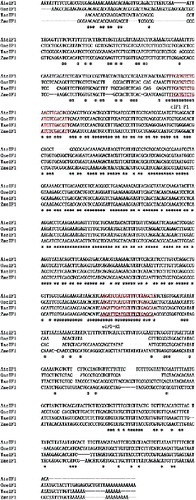
Figure 2. DNA sequence alignment of eIF1A from different plant species.
Note: HveIF1A (accession number: AK373449) from H. vulgare, OseIF1A-1 (accession number: AJ563657) and OseIF1A-2 (accession number: AJ563658) from O. sativa, TaeIF1A-1 (accession number: WHTEIF1A) and TaeIF1A-2 (accession number: AK332835) from T. aestivum, and ZmeIF1A (accession number: NM001155525) from Z. mays. The two red parts are the newly designed forward and reverse primer binding sites, respectively.
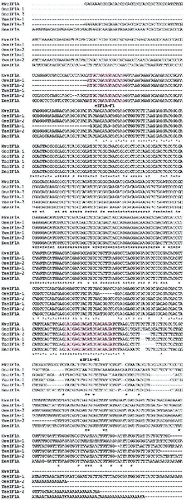
Figure 3. DNA sequence alignment of eIF1B from different species.
Note: SseIF1B (accession number: BT057513) from S. salar, DreIF1B (accession number: BC067620) from D. rerio, HseIF1B (accession number: BC006996) from H. sapiens and MmeIF1B (accession number: NM026892) from M. musculus. The two red parts are the newly designed forward and reverse primer binding sites, respectively.
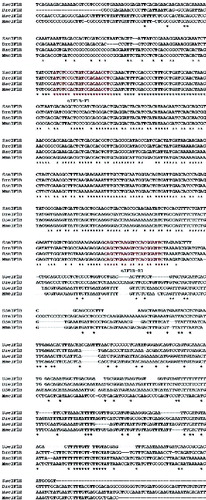
Figure 4. Bioinformatics analysis of L. chinensis eIF1 gene and protein.
Note: (A) Nucleotide and deduced amino acid sequence of LceIF1. The amino acid is indicated by the one letter designation below the nucleotide sequence. The putative binding sites are marked as red, boldface letters. The predicted RNA interaction sites are marked as blue, boldface letters. The mutations affecting start sites are underlined. (B) Multiple sequence alignment among EIF1 protein sequences, including AtEIF1 (accession number: AAN18215) from A. thaliana, OsEIF1 (accession number: AAC67556) from O. sativa, TaEIF1 (accession number: AAM34279) from T. aestivum, ZmEIF1 (accession number: AAB88615) from Z. mays, and LcEIF1 (accession number: ADD62702). (C) Phylogenetic tree analysis among these EIF1 protein sequences.
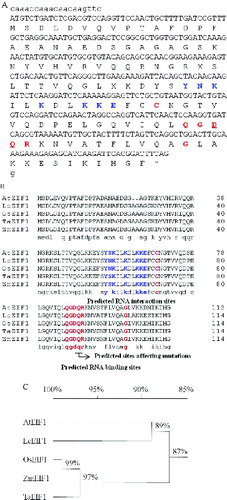
Figure 5. Bioinformatics analysis of L. chinensis eIF1A gene and protein.
Note: (A) Nucleotide and deduced amino acid sequence of LceIF1A. The start codon and ending codon are marked red. The conserved oligonucleotide-binding site is underlined. (B) Multiple sequence alignment among EIF1A protein sequences, including AtEIF1A (accession number: BAK04646) from A. thaliana, OsEIF1A-1 (accession number: CAD91550) and OsEIF1A-2 (accession number: CAD91551) from O. sativa, ZmEIF1A-1 (accession number: NP001148997) and ZmEIF1A-2 (accession number: ACG49138) from Z. mays and LcEIF1A (accession number: ADI47121). (C) Phylogenetic tree analysis among these EIF1A protein sequences.
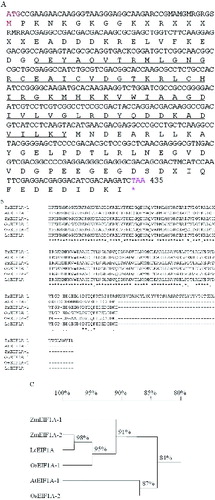
Figure 6. Bioinformatics analysis of L. chinensis eIF1B gene and protein.
Note: (A) Nucleotide and deduced amino acid sequence of LceIFB. (B) Multiple sequence alignment among EIF1B protein sequences, including SsEIF1B (accession number: ACM09385) from S. salar, DrEIF1B (accession number: AAH67620) from D. rerio, HsEIF1B (accession number: AAH06996) from H. sapiens, MmEIF1B (accession number: NP081168) from M. musculus and LcEIF1B (accession number: ADN77997). (C) Phylogenetic tree analysis among these EIF1B protein sequences.

Table 2. Amino acid analysis of protein EIF1B in different organisms.
